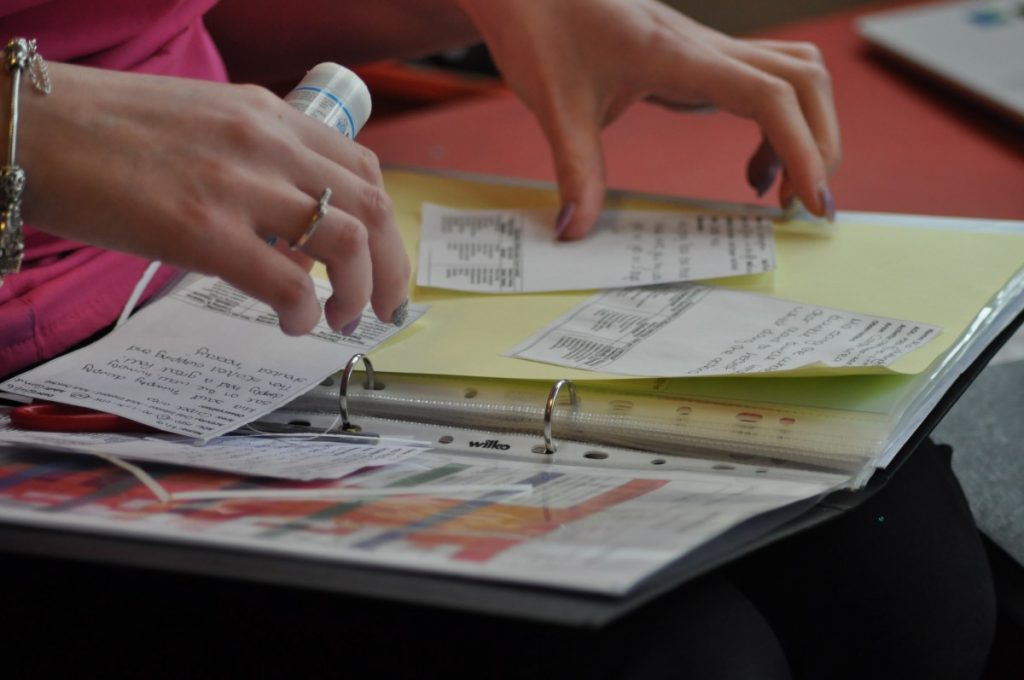What is the best way to present children’s learning journeys
Learning journeys are a great way to present the children’s achievements and share with parents and other professionals. They provide a story of the child’s time at nursery and can include photos, observations and artwork to show the EYFS milestones a child has met. In recent times, more childcare settings have begun to present their learning journeys electronically, enabling them to be updated online and available to parents at all times; however is this losing the personal touch of handwritten, paper learning journeys?
Learning journeys can take a great deal of time for a key worker to complete and update regularly, however being in ratio can cause barriers for this. Some settings encourage practitioners to complete learning journeys while in the room with the children, enabling the child to access and contribute to the learning journey. Some practitioners complete learning stories which are then documented in the child’s learning journey, learning stories are a story of the child’s learning. Completing learning journeys online reduces the opportunity for children to add to their learning journey.
Sharing with parents
Completing learning journeys electronically can enable parents to access information on their children’s development. Some settings use specific software that allows parents to log on using a secure password and view their child’s learning journal online. This is a great way to support parent partnerships and share the child’s development. However, this can be expensive for some settings, who may need to purchase additional laptops or tablets for all practitioners to access. This can be financially impossible for some smaller settings.
Paper learning journeys can also be shared with parents and provide a lovely keepsake for when the child leaves the setting in preparation for school. However sharing the journal with parents that are currently still attending the setting can be difficult with some settings finding that journals are lost or not returned. This can cause key workers to lose months or even years of evidence that can not be replaced. Some settings try to overcome this by creating a system that enables parents to sign their child’s journal in and out or by only sharing the learning journal at particular times of the year, such as parents evening.
High standard of presentation
Electronic learning journeys ensure a high standard of presentation as entries can be spell checked and are typed, eliminating difficult to read handwriting. However, it can be argued that online journals take away the creative, personal aspect that key workers can add each one. Some settings may complete the paperwork and observations online but print out a copy and add to a folder. This enables each journal to be still personalised and unique while keeping the information clear and easy to read. Keeping a copy online also provides security for the practitioner if the folder is then misplaced. It is a good idea to have a paper copy of any online learning journeys available to promote inclusion and enable all parents to access their child’s learning journey, as not all parents have access to the internet.
Regardless of the way in which learning journeys are presented, they should be a celebration of a child’s achievements and interests during the time at a setting. They show the journey of a child’s learning and development through snapshots of significant achievements. It is important that they are available for parents and other professionals to access when needed either electronically or not.

